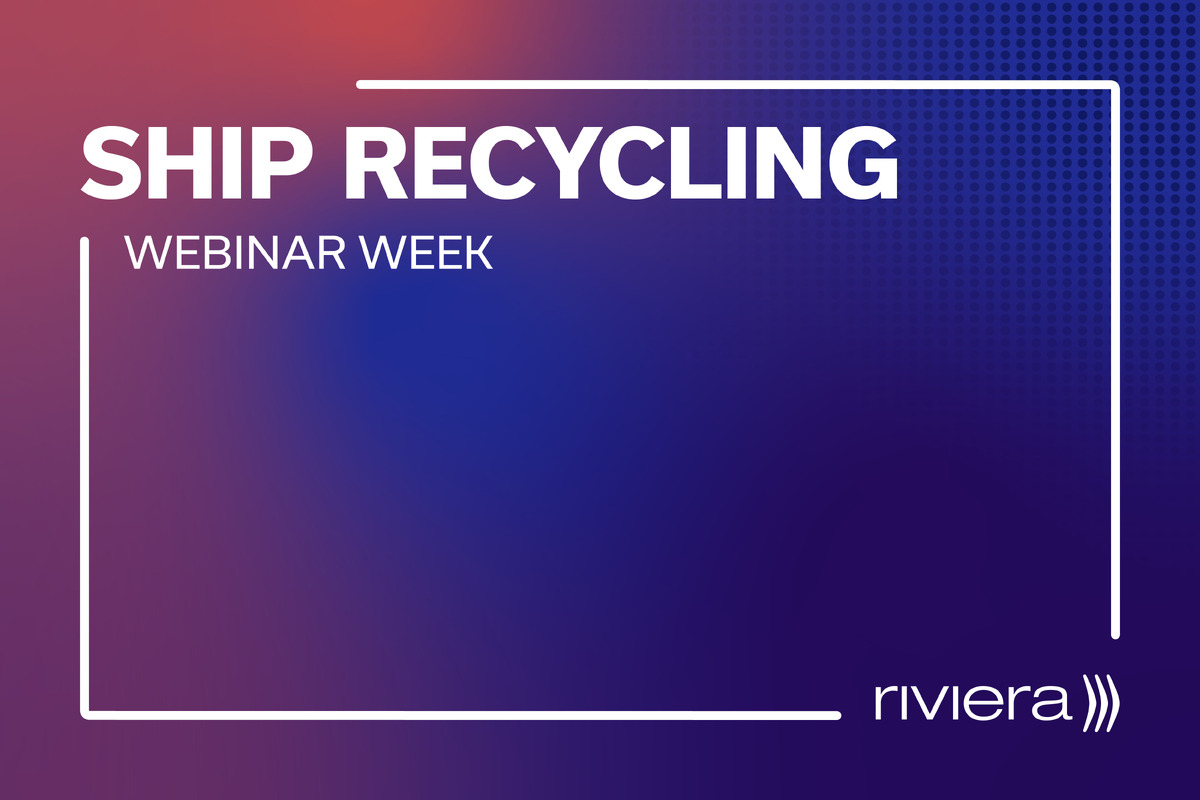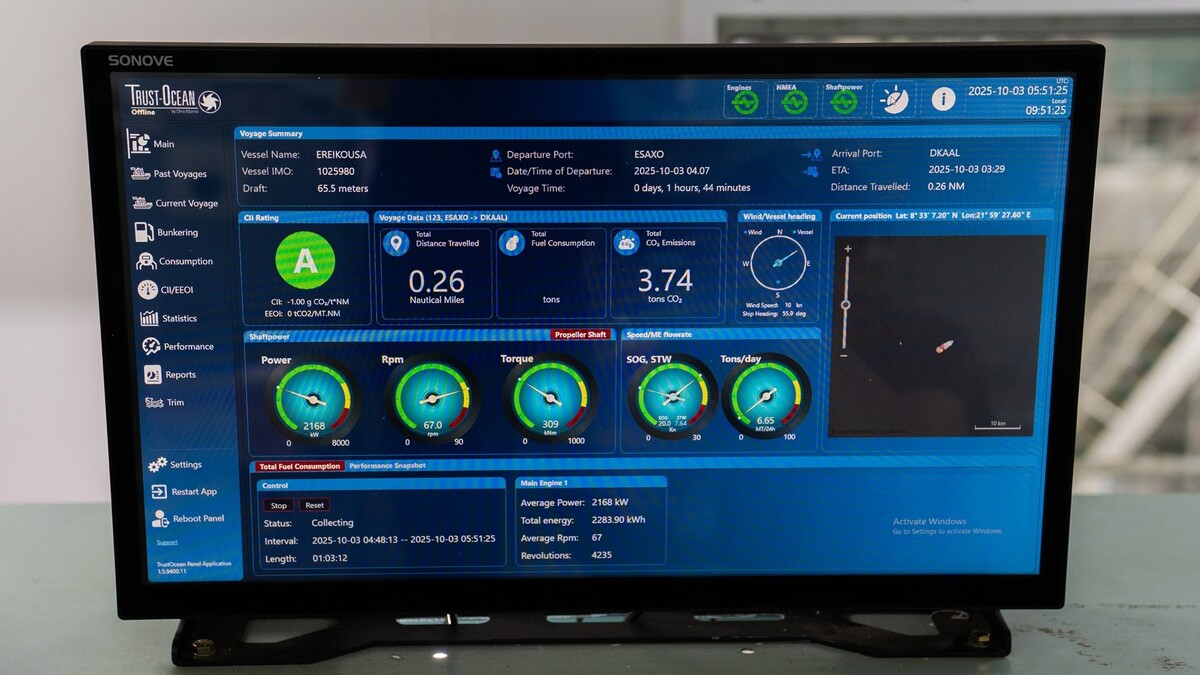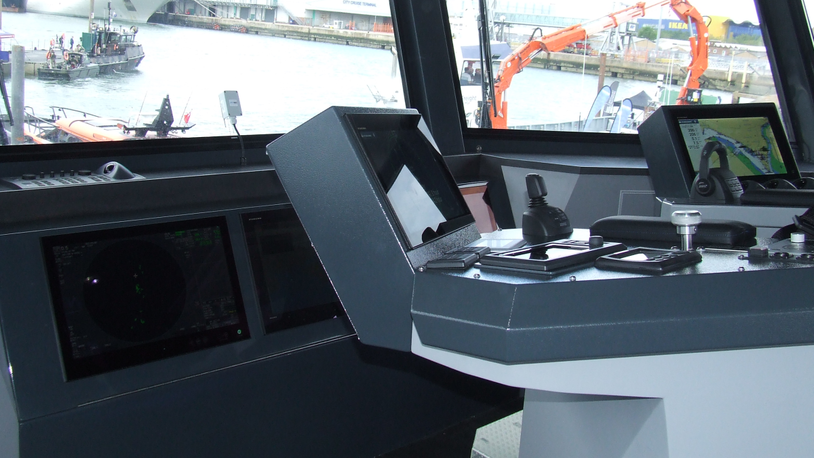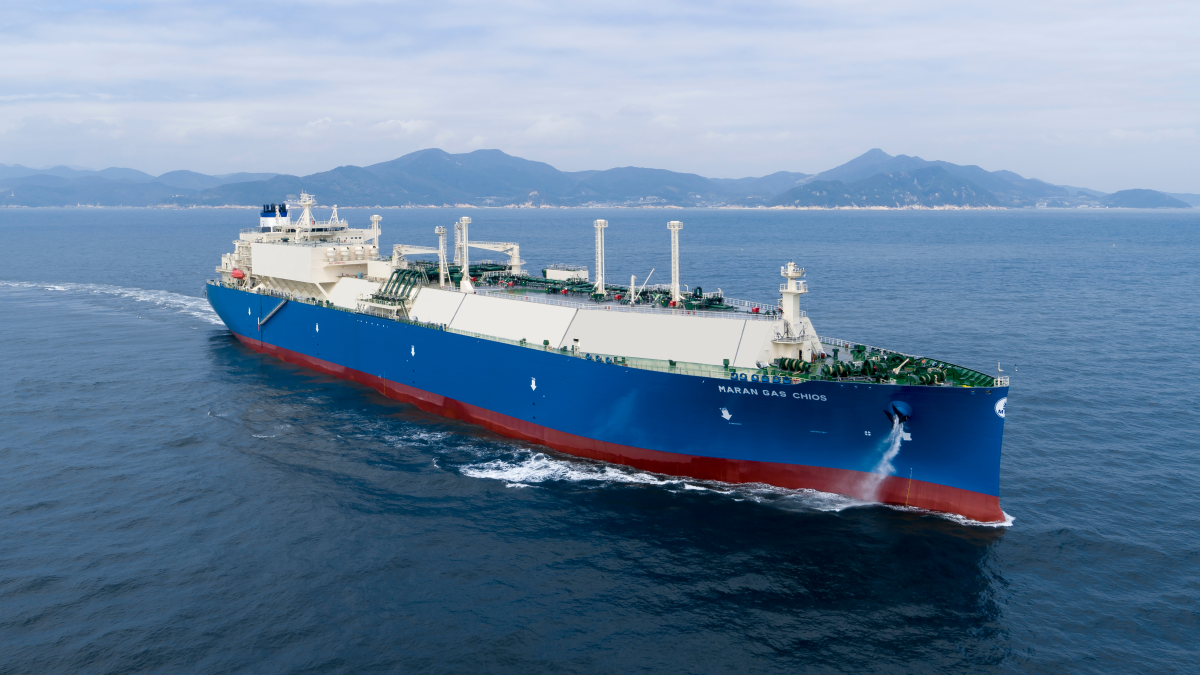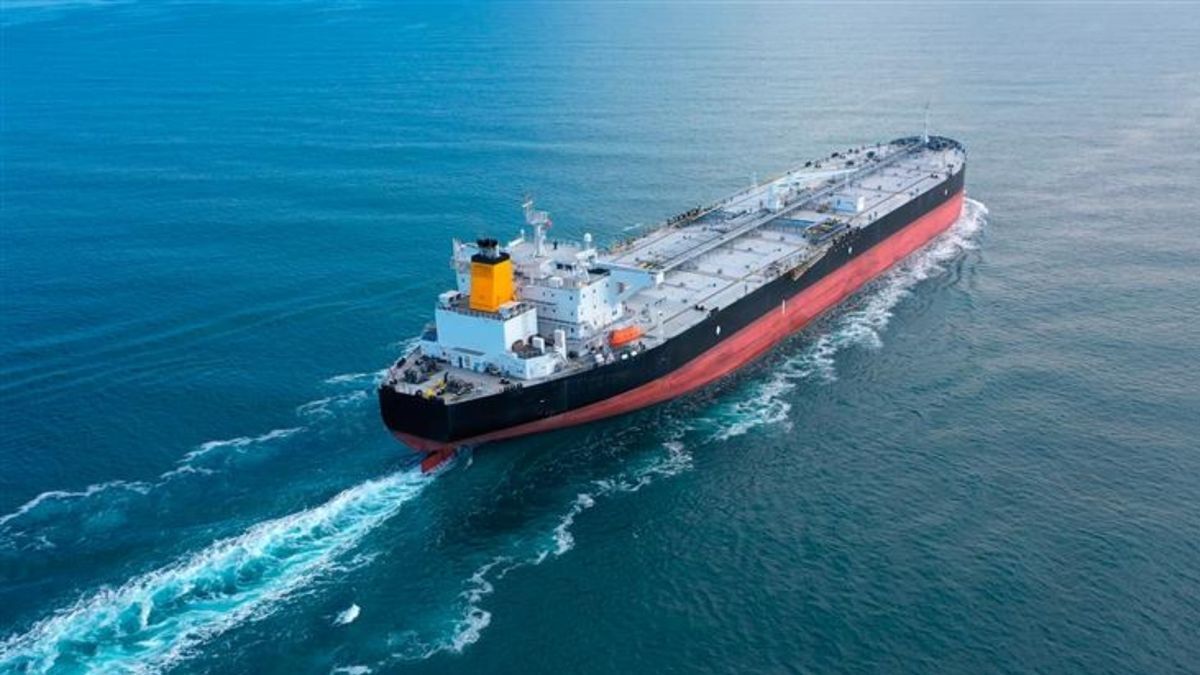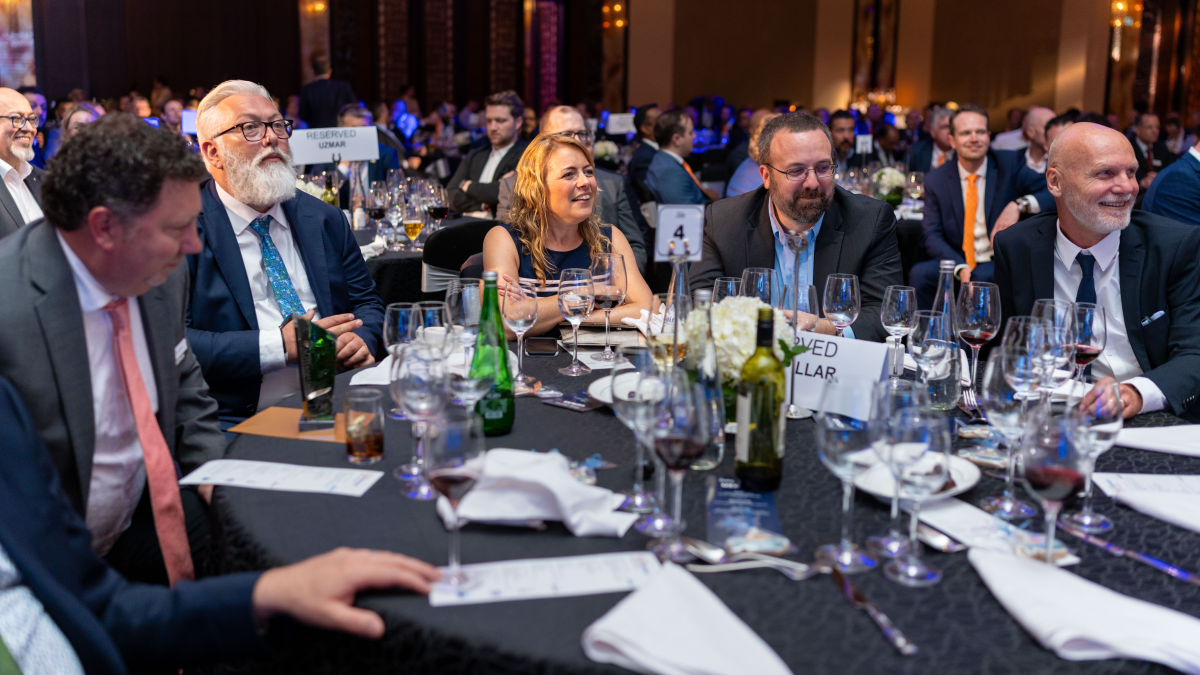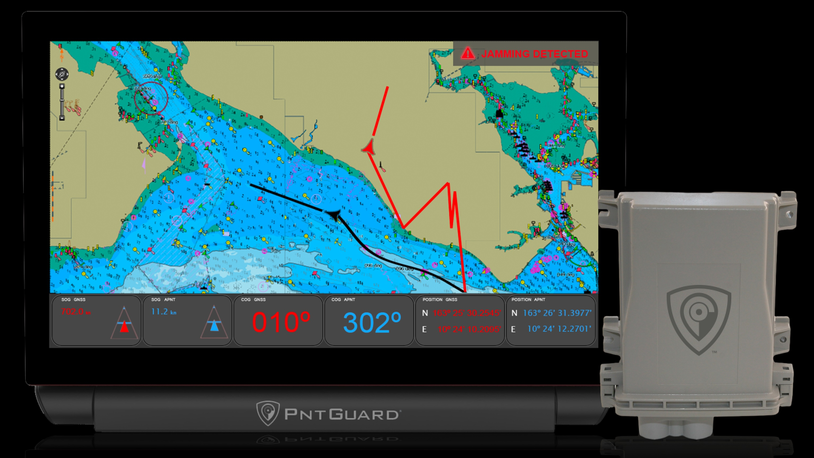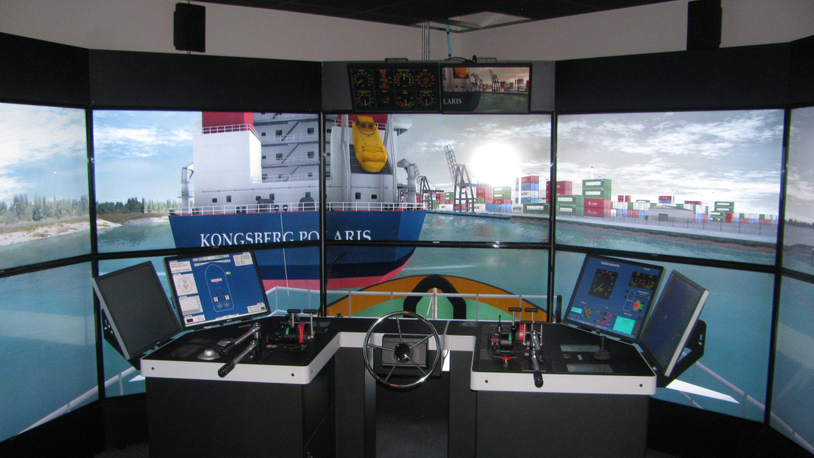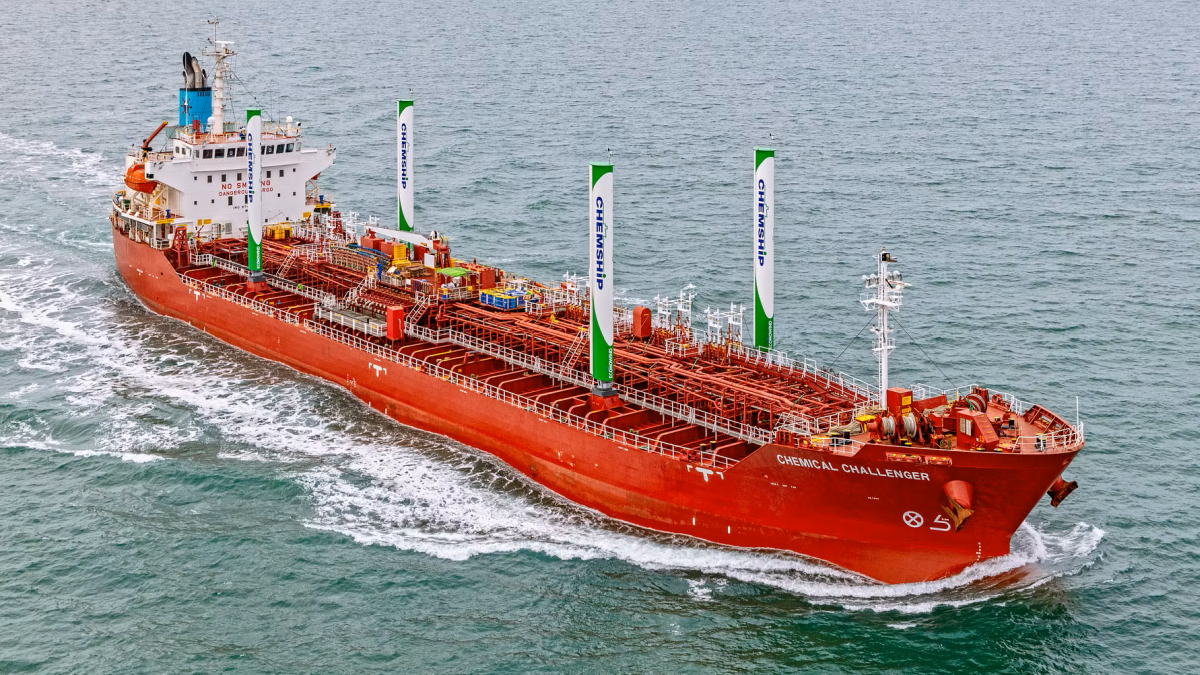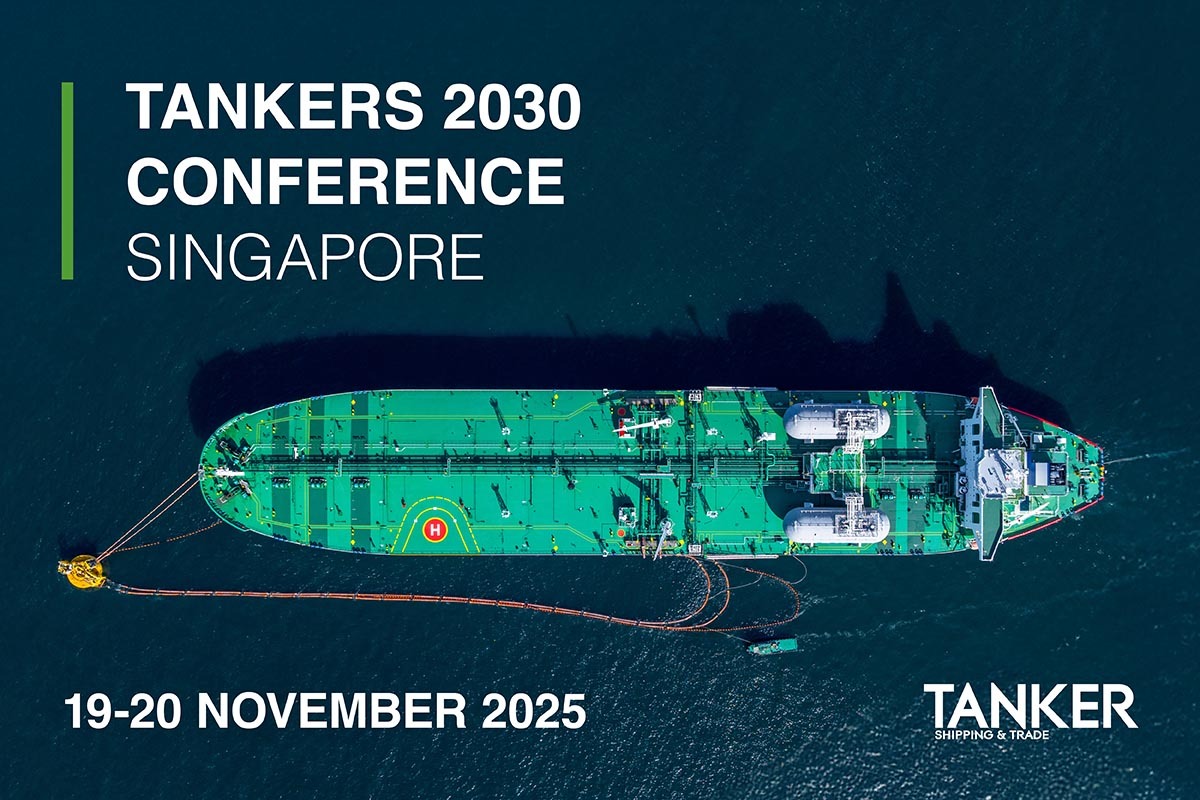Business Sectors
Events
Ship Recycling Webinar Week
Contents
Lifting body could give offshore vessels a boost
An advanced hullform combined with a bow lifting body developed by a Navatek, the Hawaii-based naval architectural consultancy, could produce a fast offshore craft with superior seakeeping, it is claimed
Increasing interest in high-speed, high-performance craft in the offshore industry and elsewhere continues to spur development of alternative hullforms and unconventional technology in order to achieve the level of performance sought by end-users.
Navatek’s approach to this challenge has been to combine the complementary technologies of innovative hullforms, lifting bodies, and active ride control systems. In the course of its recent research, Navatek investigated a configuration incorporating a bow lifting body (BLB) on a monohull, anticipating that such a configuration would provide resistance benefits similar to those enjoyed by vessels with bulbous bow configurations.
As Steven Loui, president and owner of the company, explained, lifting body technology has been demonstrated using computational fluid dynamics (CFD), scale-model tests and, most recently, full-scale at-sea trials, which have shown that the technology provides reduced motions at zero and low speeds with dynamic lift at high speeds, reducing hull drag and providing a form of active ride control.
Lifting bodies are underwater appendages with cambered foil cross sections that generate dynamic lift at speed. Hybrid lifting body ships combine a parent hullform (usually a monohull or a multi-hull such as a catamaran) with lifting bodies.
Mr Loui said the potential benefits offered by innovative hullforms combined with lifting bodies and active control systems are numerous. They include enhanced seakindliness; higher speed, due to reduced total drag; and the ability to carry higher payloads, since for a given parent hull lifting bodies provide added displacement and useable volume.
A number of possible combinations of parent hulls and lifting body types and configurations were considered by Navatek, before the company focussed on a few specific configurations that fall naturally into two fairly broad categories; these are the Hybrid Small Waterplane Area Craft (HYSWAC) and the Hybrid Deep-V (HDV).
The HYSWAC configuration is a multi-hull parent ship combined with a single large lifting body near midships, the 19.8 m, 50.8 ton displacement Midfoil designed by Navatek being one example, another being the US Navy’s 48.8m, 295 ton displacement technology demonstrator Sea Flyer. As the name suggests, the HDV configuration uses a deep Vee monohull as the parent, an example being the 28.8m, 102 ton displacement HDV-100 technology demonstrator. An all-composite design, this 45 knot vessel employs lifting bodies aft and a foil forward.
More recently, Navatek has been working on a 21.3m technology demonstrator, the BLB-70, which also combines a deep Vee hullform with lifting bodies. The BLB-70 was successfully tested at sea in 2007, and Navatek is now working on a roughly half-scale demonstrator for a 91m design, the 49m BLB-160 Sea-Frame, which is intended for as a multi-role technology demonstrator with a possible follow-on application as a fast offshore supply vessel/crewboat.
For the time being, the BLB-160 is only being used to demonstrate the benefits of BLBs, but Navatek anticipates that the combination of a deep Vee hullform and lifting bodies could provide a comfortable ride for passengers and crew while maintaining the ability to deliver supplies offshore rapidly and efficiently. Another advantage of the stabilised monohull arrangement is that it provides a large deck area at the same time that the patented bow lifting body and an aft foil – in concert with an advanced ride control system – reduce motions when under way. The BLB-160 is currently in the preliminary design phase and construction could start later in 2008.
More recently still, Navatek has also developed a ride control system for catamarans, or the BLB CAT, that uses BLBs?in place of a T-foil. In fact, the company believes that this particular application of the BLB could be the first to be commercialised, being structurally more robust than a T-Foil, without any increase in draft, whilst providing usable volume in an otherwise very fine bow, with no increase in drag.
“Our development of the BLB ship concept has progressed rationally from initial concept to CFD predictions to model tests to quarter-scale demonstrator, meeting or exceeding performance expectations at each stage and with excellent correlation between computer performance predictions, model test data and at-sea trials data,” says Mr Loui.
“This correlation gives us great confidence in the scalability of the concept and is allowing us to move forward with a much larger demonstrator. The result of this development effort truly reflects a new paradigm for high-speed monohulls, and a new form of ride control for catamaran hullforms,” Mr Loui concluded. OSJ
Related to this Story
Chemship advances fleet optimisation with new contract
Events
Ship Recycling Webinar Week
International Bulk Shipping Conference 2025
Tankers 2030 Conference
Maritime Navigation Innovation Webinar Week
© 2024 Riviera Maritime Media Ltd.
